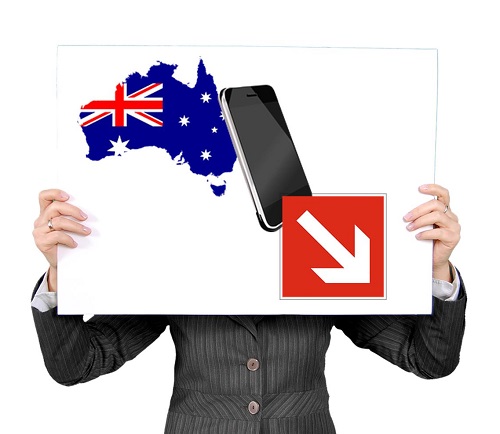Lucy |
September 28, 2016
The iPhone maker is responding to the popularity of audio books and digital services for reading aloud.
iTunes Spoken Editions is about to become the latest service launched by Apple. The service is designed to read news and magazine articles out loud, and will likely include mobile ads, too.
To start, it looks as though Time, Wired, Mic, Playboy and Forbs will be the first participating publishers.
The iTunes Spoken Editions platform will launch in early October. It will have many components that bring to mind the Audible Channels and Amazon Alexa, among others. This will make it possible for Apple users to listen to certain mainstream news publications without having to read the articles. Therefore, they will be able to hear the articles while they go about their day, whether they are completing various chores or commuting.
 It is for this same reason that audio books have taken off in popularity over the last few years. People are often choosing podcasts and audio books over magazine articles and printed books. When it comes to the news, they don’t often read more than the title as well as the first paragraph and possibly the last one.
It is for this same reason that audio books have taken off in popularity over the last few years. People are often choosing podcasts and audio books over magazine articles and printed books. When it comes to the news, they don’t often read more than the title as well as the first paragraph and possibly the last one.
The iTunes Spoken Editions will be read by a digital speech generator and not by actual human readers.
The news articles and other audio items won’t be read by narrators or journalists. Instead, Apple will be using a text-to –speech engine that is not unlike Alexa.
It is also likely that Apple won’t miss the opportunity to be able to include advertising into this new audio service. Just as SpokenLayer includes ads in its service, this new platform will likely do the same thing. Its goal is typically to help to make up for the rapidly declining revenue from the reduced print subscriptions and the falling readership.
Apple has yet to officially release the full details of its iTunes Spoken Editions platform. That said, it wouldn’t be impossible to believe that it would be able to achieve integration with other services as well. Some have speculated that this could potentially include Apple News and possibly even Apple TV.
Denny |
September 27, 2016
According to the results of a recent analysis, businesses in Australia aren’t keeping up with consumer device use.
PayPal Australia released a report that said Australian mobile commerce is lacking. It stated that businesses simply aren’t keeping up with the way consumers are using their smartphones. This includes many of the different ways in which consumers regularly use their devices.
Mobile device uses analyzed by PayPal for the report included everything from researching a brand to mobile payments.
PayPal released its Australian mobile commerce report as a part of its first ever mCommerce Index. This report will be issued biannually. It will look into the trends in smartphone based shopping and payments within the country.
 Among the central report findings was that even though 71 percent of consumers in Australia are using their smartphones to make payments, only 49 percent of companies have mobile optimized.
Among the central report findings was that even though 71 percent of consumers in Australia are using their smartphones to make payments, only 49 percent of companies have mobile optimized.
According to the report, all businesses in the country could benefit from mobile commerce optimization.
Libby Roy, the managing director at PayPal Australia, explained that each business has its own mobile commerce level needs. However, Roy also underscored the fact that all businesses are able to benefit from it in one way or another. “What’s clear is that there are a lot of consumers that are very comfortable using mobile, and businesses need to get on board.”
Roy explained that everything from having an app to simply having a social media presence is important. It is up to businesses to understand the ways in which they can benefit their customers through mobile commerce. This simultaneously allows them to determine how they can grow their own success.
The report indicated that one in three Australians were making weekly mobile payments. One in ten Australians spend over $1,000 per month using smartphone based transactions. On average Australians are using their mobile devices to make $330 in purchases on a monthly basis. And yet, Australian mobile commerce offerings are not keeping up with that consumer shopping trend. What makes the mobile shopping trend a challenge to measure is that consumers use mobile and non-mobile business interactions in combinations with each other before completing a final transaction.
 It is for this same reason that audio books have taken off in popularity over the last few years. People are often choosing podcasts and audio books over magazine articles and printed books. When it comes to the news, they don’t often read more than the title as well as the first paragraph and possibly the last one.
It is for this same reason that audio books have taken off in popularity over the last few years. People are often choosing podcasts and audio books over magazine articles and printed books. When it comes to the news, they don’t often read more than the title as well as the first paragraph and possibly the last one.
 Among the central report findings was that even though 71 percent of consumers in Australia are using their
Among the central report findings was that even though 71 percent of consumers in Australia are using their 